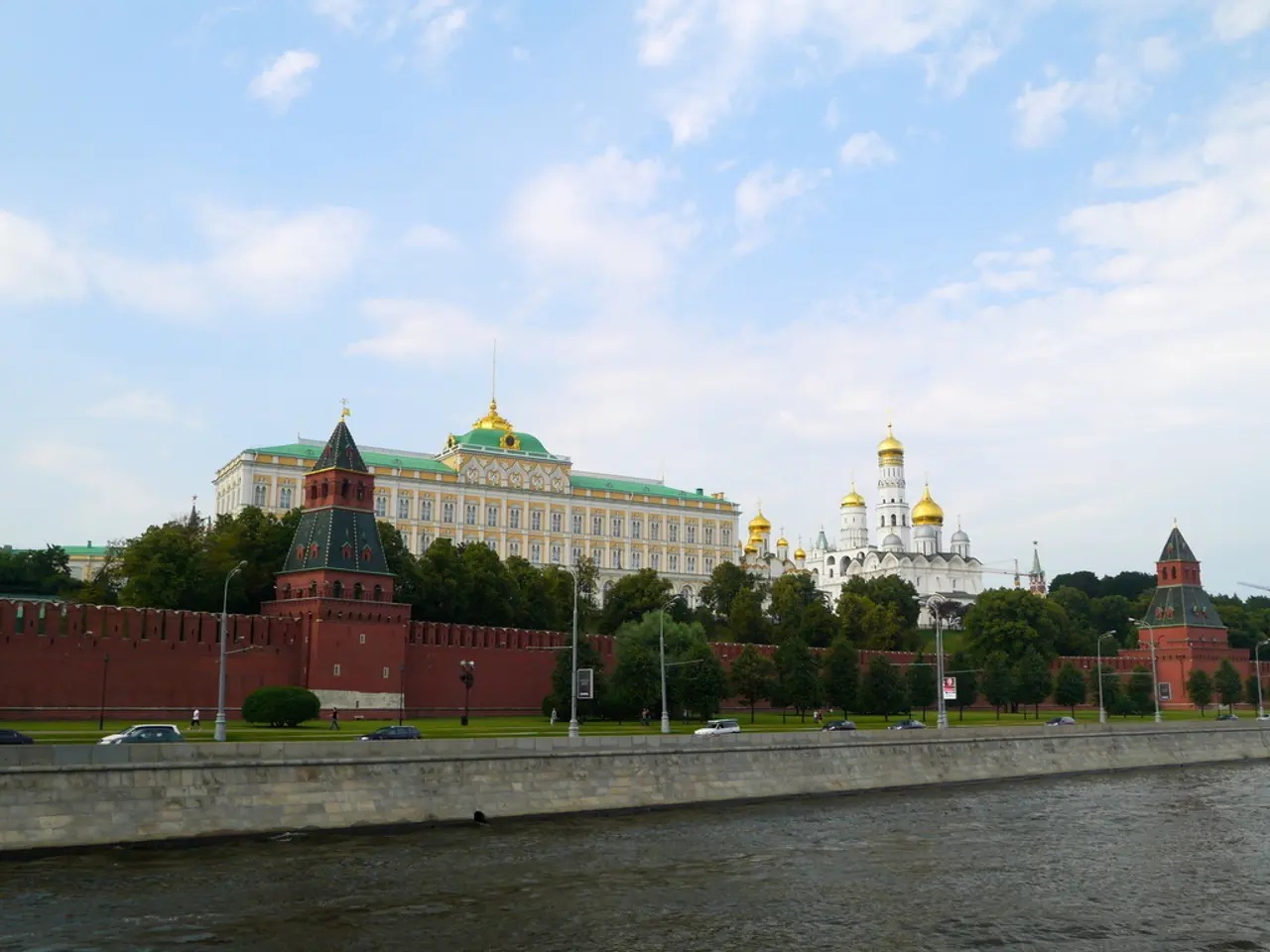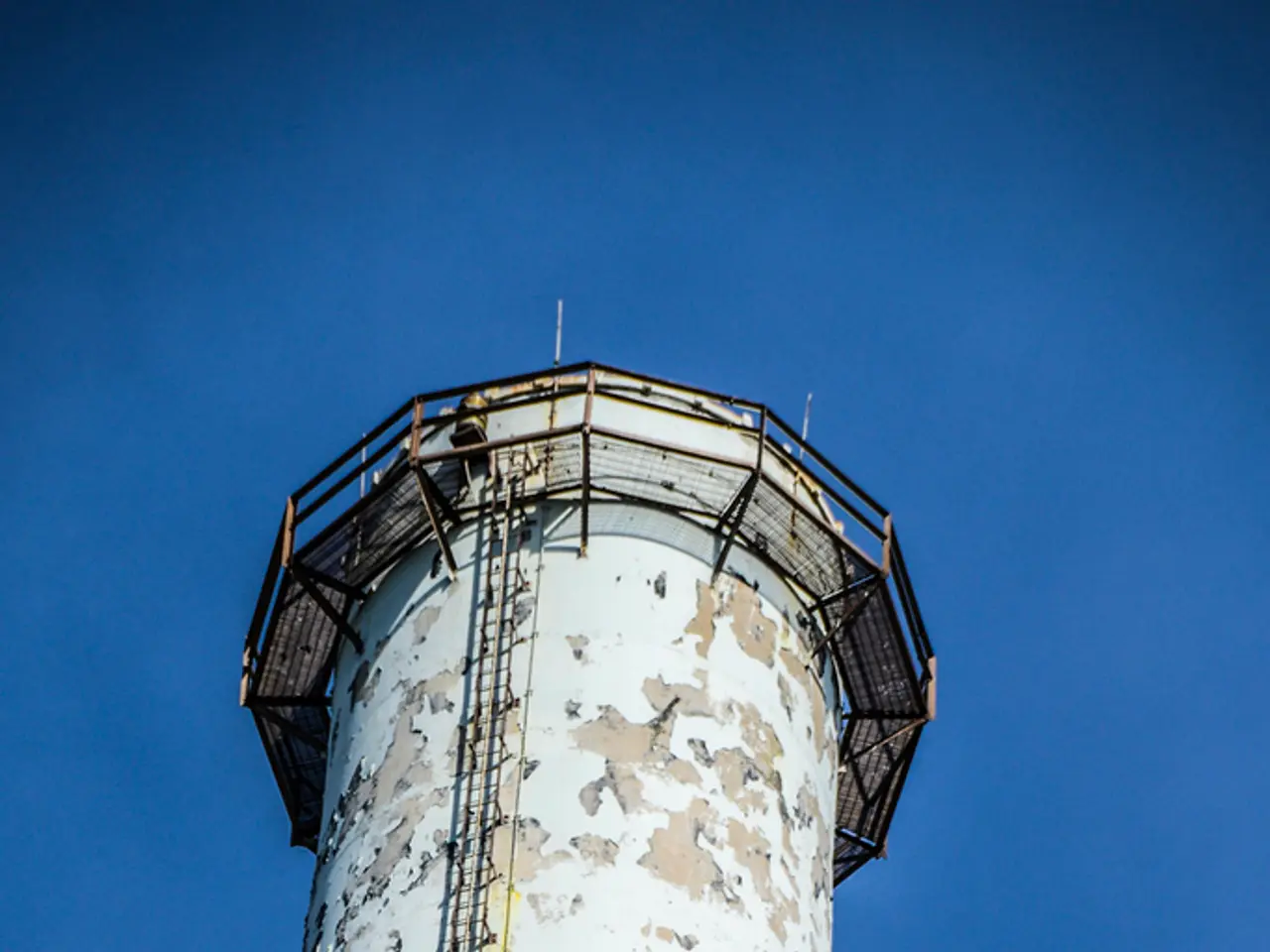Iran grapples with water scarcity and power outages following lethal clash with Israel
Iran, once boasting a GDP of $644 billion in 2012-2013, has seen a significant decline, with estimates for 2024 putting the figure at $436.9 billion [1]. This drop can be attributed to a combination of factors, including new US sanctions and ongoing mismanagement, which kept Iran's growth to around 3 percent in 2024.
The country's water system is another area of concern. Over 90 million people are struggling to meet their water needs due to leaks, lack of investment, and poor management [2]. Climate change has worsened the situation, with declining rainfall and extreme heatwaves. The Islamic Revolutionary Guard Corps (IRGC), controlling major water infrastructure projects, prioritizes financial and political interests, leading to inefficient water distribution, ecological damage, and social unrest [3].
The water crisis also impacts agriculture, a key sector in Iran. Power and water shortages during peak demand months disrupt daily life and economic activities, indicating broader infrastructural and resource allocation issues [4]. These problems are intertwined with governance challenges, corruption, and insufficient oversight affecting both resource management and economic performance in Iran [5].
The Iranian economy is heavily dependent on discounted oil and gas sales to China. However, decades of economic instability have pushed many people to convert their savings into dollars or euros, further weakening the rial and driving up inflation. As a result, the rial has lost more than 38.7 percent of its value against the euro [6].
The digital services sector in Iran has also suffered losses, with around $170 million lost due to internet shutdowns ordered by the regime during the conflict [7]. In July, Iran's inflation rate hit 57.7 percent [8]. One in three Iranians still lives below the poverty line, with a per capita income of $4,800 a year [9].
Large public works in Iran are often handed to companies close to power, including those linked to the Revolutionary Guards. This practice, coupled with the prioritization of military, nuclear, and intelligence projects over basic infrastructure, has exacerbated the water crisis and economic instability [10].
The root causes of Iran's water crisis include high climatic variability, overexploitation of water resources, poor water management, corruption, and prioritization of industrial and urban needs over rural communities. Decades of economic instability, governance issues, and socio-political inequalities in resource allocation have reinforced each other, creating a complex web of challenges for Iran [1][2][3][4][5].
References: [1] World Bank. (2021). Iran GDP 2024. Retrieved from https://data.worldbank.org/indicator/NY.GDP.MKTP.CD?locations=IR [2] United Nations Development Programme. (2020). Iran Water Security. Retrieved from https://www.undp.org/content/undp/en/home/ourwork/povertyreduction/watersecurity.html [3] Human Rights Watch. (2018). Iran: Drying Lake Urmia Threatens Livelihoods. Retrieved from https://www.hrw.org/news/2018/08/28/iran-drying-lake-urмия-threatens-livelihoods [4] International Monetary Fund. (2020). Iran: Selected Issues. Retrieved from https://www.imf.org/en/Publications/Policy-Paper/Issues/2020/12/16/Iran-Selected-Issues-48407 [5] World Resources Institute. (2020). Iran Water Stress. Retrieved from https://www.wri.org/resources/data/challenges/water-stress-and-water-scarcity [6] Trading Economics. (2021). Iran Inflation Rate. Retrieved from https://tradingeconomics.com/iran/inflation-cpi [7] Reuters. (2020). Iran's internet shutdowns cost digital services sector $170 million. Retrieved from https://www.reuters.com/article/us-iran-internet-cost-idUSKBN27328P [8] Trading Economics. (2021). Iran Poverty Rate. Retrieved from https://tradingeconomics.com/iran/poverty-rate [9] World Bank. (2020). Iran Poverty Rate. Retrieved from https://data.worldbank.org/indicator/SI.POV.NAHH.ZS?locations=IR [10] Transparency International. (2020). Iran Corruption Perceptions Index. Retrieved from https://www.transparency.org/en/cpi/2020/index/IRN
- The United States sanctions and ongoing mismanagement in Iran have contributed to the decline of its GDP, estimated to be at $436.9 billion in 2024, a significant drop from the $644 billion in 2012-2013.
- Climate change, with declining rainfall and extreme heatwaves, has worsened Iran's water crisis, a problem exacerbated by the Islamic Revolutionary Guard Corps (IRGC)'s focus on financial and political interests over efficient water distribution.
- The digital services sector in Iran has suffered losses due to internet shutdowns ordered by the regime, amounting to around $170 million.
- As a result of economic instability and corruption, Iran's inflation rate hit 57.7 percent in July, and one-third of the population still lives below the poverty line with a per capita income of $4,800 a year.
- Large public works in Iran are often awarded to companies close to power, including those linked to the Revolutionary Guards, leading to economic instability and the exacerbation of the water crisis.
- The water crisis in Iran is attributed to high climatic variability, overexploitation of water resources, poor water management, corruption, and prioritization of industrial and urban needs over rural communities.
- The complex web of challenges facing Iran includes decades of economic instability, governance issues, and socio-political inequalities in resource allocation, as highlighted in the general news, international science, environmental-science, finance, energy, politics, and crime-and-justice sectors.




